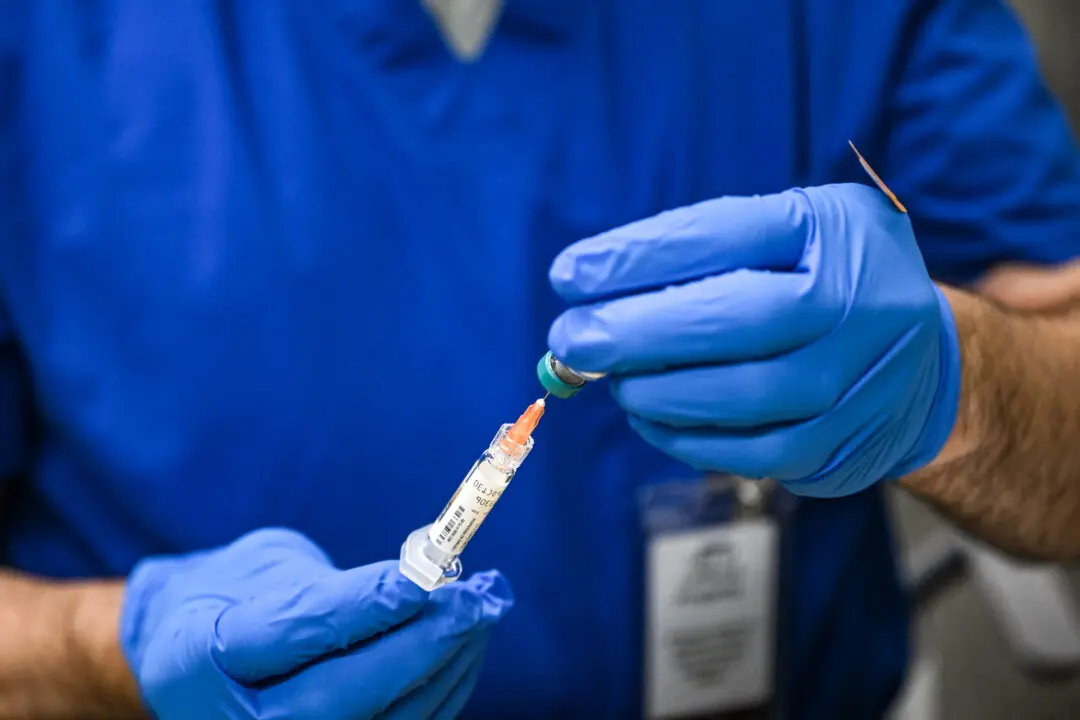Stock for Sarepta surged on Thursday as the company said that its vaccine for treating the Ebola virus has no ill effects.
The company announced preliminary results from human tests are positive. It tested drugs on 60 subjects, 30 each for the Ebola and Marburg drugs.
“Results showed the compounds to be well-tolerated with no dose limiting level demonstrated,” the company said in a news release. “No clinically significant or dose-dependent effects were observed at any of the safety endpoints evaluated.”
Shares for the company jumped nearly seven percent to +10.85 percent, reported MarketWatch, and tacked on another 5 percent after hours. Shares stood at $23.40.
The results of the study will be published in the November issue of the American Society for Microbiology’s journal, Antimicrobial Agents and Chemotherapy.
“We believe these promising early clinical safety results, coupled with the strong safety and efficacy data generated from animal studies for all four PMO compounds, reinforce the use of our PMOplus® chemistry platform to pursue potential treatments for deadly infectious diseases such as Ebola and Marburg,” said Michael Wong, senior medical director, infectious diseases at Sarepta Therapeutics, in a statement.
“We are particularly encouraged to see results such as these in the healthy human volunteers to what we have learned to be the effective agents, AVI-7537 and AVI-7288. These compounds have protected up to 80-100 percent of the non-human primates to Ebola and Marburg virus challenge infections, respectively.”
The CEO of the company had previously said that its drug treatment showed a 60 percent to 90 percent success rate in monkeys.
In the interview with CNBC in late September, Chris Garabedian said that the company had about 100 doses of the treatment but that it didn’t have the resources to quickly increase production.
“Yes, we need more funding to take the drug materials that we have currently to convert that into upwards 100 more courses of therapy, or more,” Garabedian said. “To be able to ramp up to the thousands of doses would require a larger investment and more time that could take upwards of a year or more to be able to generate enough courses to treat thousands of patients.”
Garabedian said that the company has been in contact with health-care agencies, including the World Health Organization.
“Everybody knows we’re here. They know the drug we have, and we’re waiting for that call,” he said.
Garabedian said at that point that the company has yet to examine its expected costs.
“Obviously, at this point we’ve not discussed or negotiated any costs or transfer or procurement, so if we got a request to really prepare and ramp up larger volumes of drugs, we would need to determine those costs and what kind of revenues would need to come into the company for us to be able to do that,” he said.




